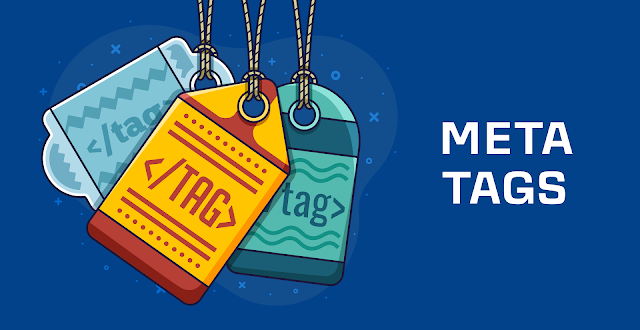- 200 OK: The request was successful, and the server is returning the requested data.
- 404 Not Found: The requested resource could not be found on the server.
- 301 Moved Permanently: The requested resource has been permanently moved to a new URL.
HTTP response codes are important in SEO because they can affect how search engines crawl and index your website. For example, if a page returns a 404 error, search engines may remove it from their index, which can hurt your SEO.
On the other hand, if you use 301 redirects to redirect old URLs to new ones, you can preserve your SEO by ensuring that search engines and users can still find your content.


